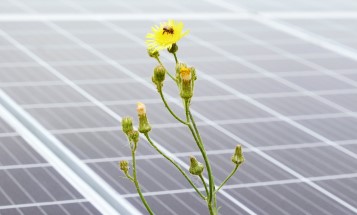Coal
Vattenfall's goal is fossil freedom and reaching net zero by 2040.
To become fossil free, Vattenfall needs to reduce its carbon dioxide emissions and thereby reduce its carbon emissions throughout the entire value chain. We are investing in expanding renewable generation, primarily wind and solar power, while helping our customers and suppliers to reduce their carbon dioxide emissions by offering them climate-smart solutions.
The first major step we took to phase coal out from our operations was to sell the German lignite operations in 2016. This resulted in a reduction of Vattenfall's annual carbon dioxide emissions from over 80 million tonnes to about 23 million tonnes, while freeing up resources to strengthen our investment in renewables. We no longer use lignite in our operations.
In 2019, our last coal-fired power plant in the Netherlands, Hemweg 8 near Amsterdam, as well as the coal plant Reuter C in Berlin were shut down. The district heating operations in Hamburg were handed over to the city of Hamburg in 2019, as the city decided to repurchase its heat operations from Vattenfall, including coal-fired thermal power plants.
At the end of 2020, the Moorburg plant in Hamburg stopped its commercial production based on hard coal earlier than planned. The plant was kept in reserve for potential grid stabilisation until 30 June 2021 but was closed down completely thereafter. It was divested in 2023.
The decarbonisation roadmap for the Berlin heat operations was presented in June 2023 and describes the path for district heating towards 40 percent renewable energies by 2030 and climate-neutral heat generation in 2040.
In December 2023 Vattenfall decided to sell its entire district heating business in Germany to the State of Berlin. Vattenfall and the State of Berlin closed the transaction 2nd May 2024.
Coal sourcing
Vattenfall has implemented a risk screening process to make a sound and fact-based decision on whether to buy coal from a supplier or not.
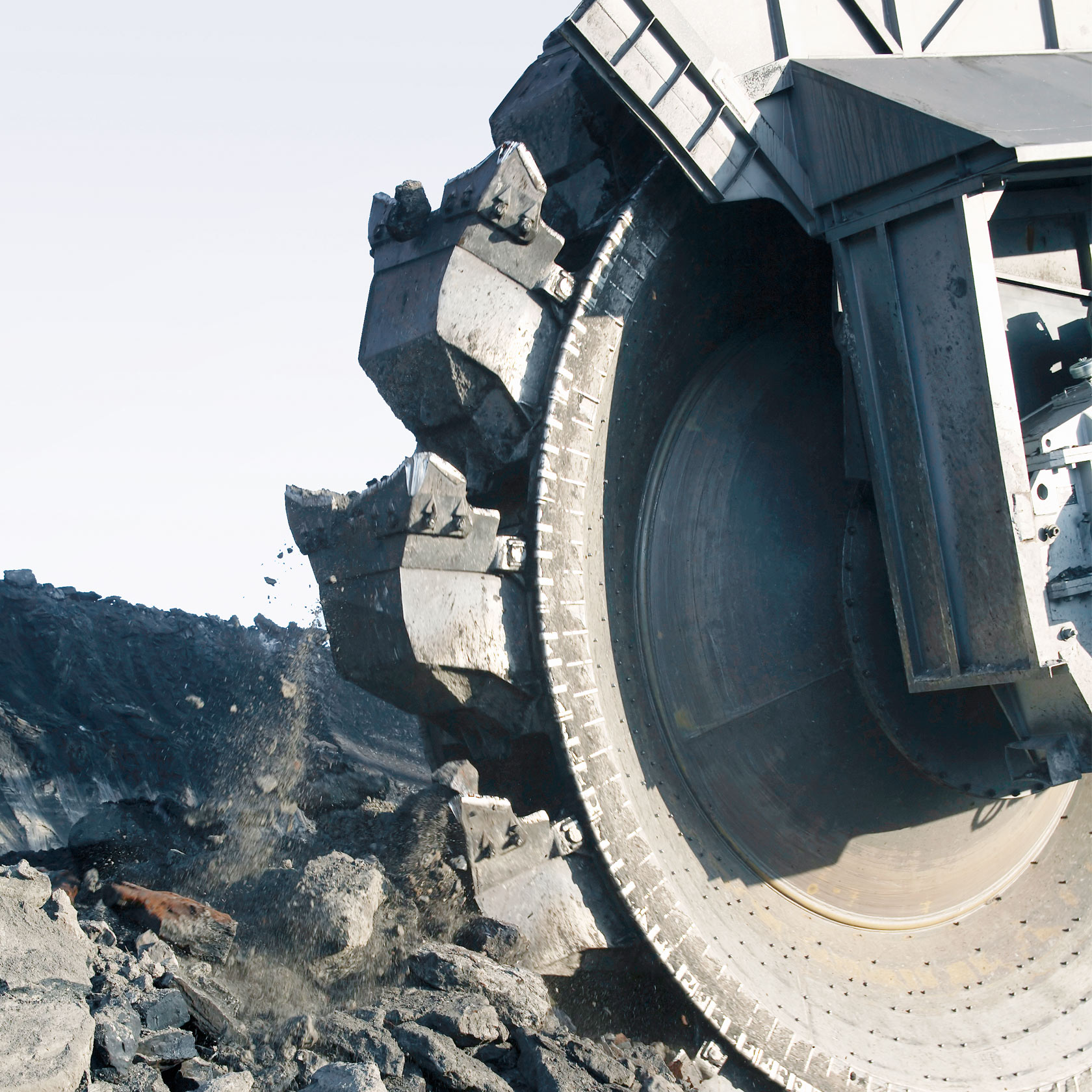
Related content
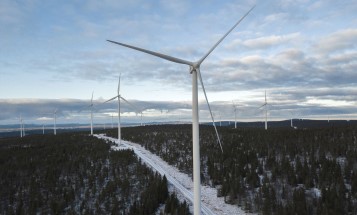
Renewable energy, like wind power, is the key to reducing global CO2 emissions.
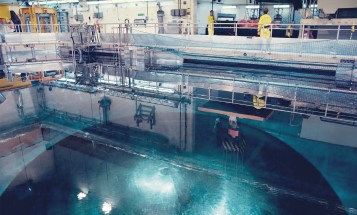
Nuclear power generation plays a key role in supporting the energy transition.
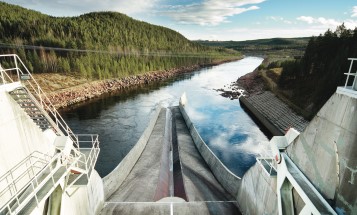
Hydro power is economically attractive and has low levels of CO2 emissions.


